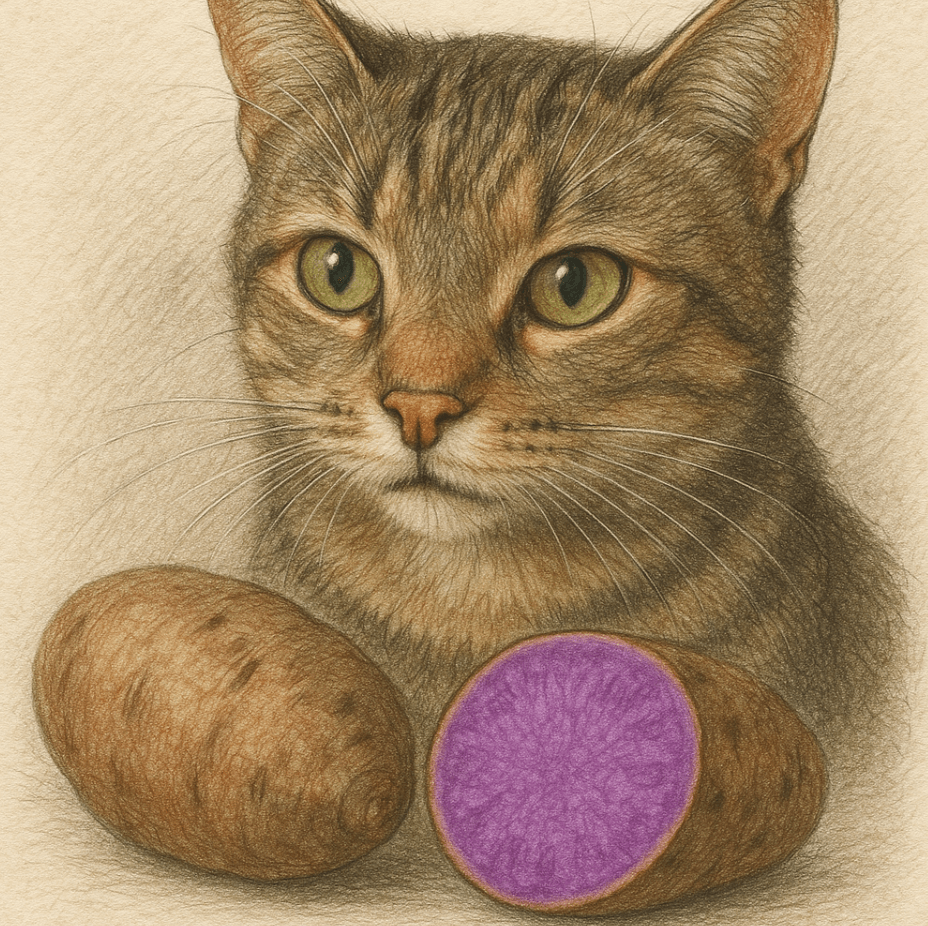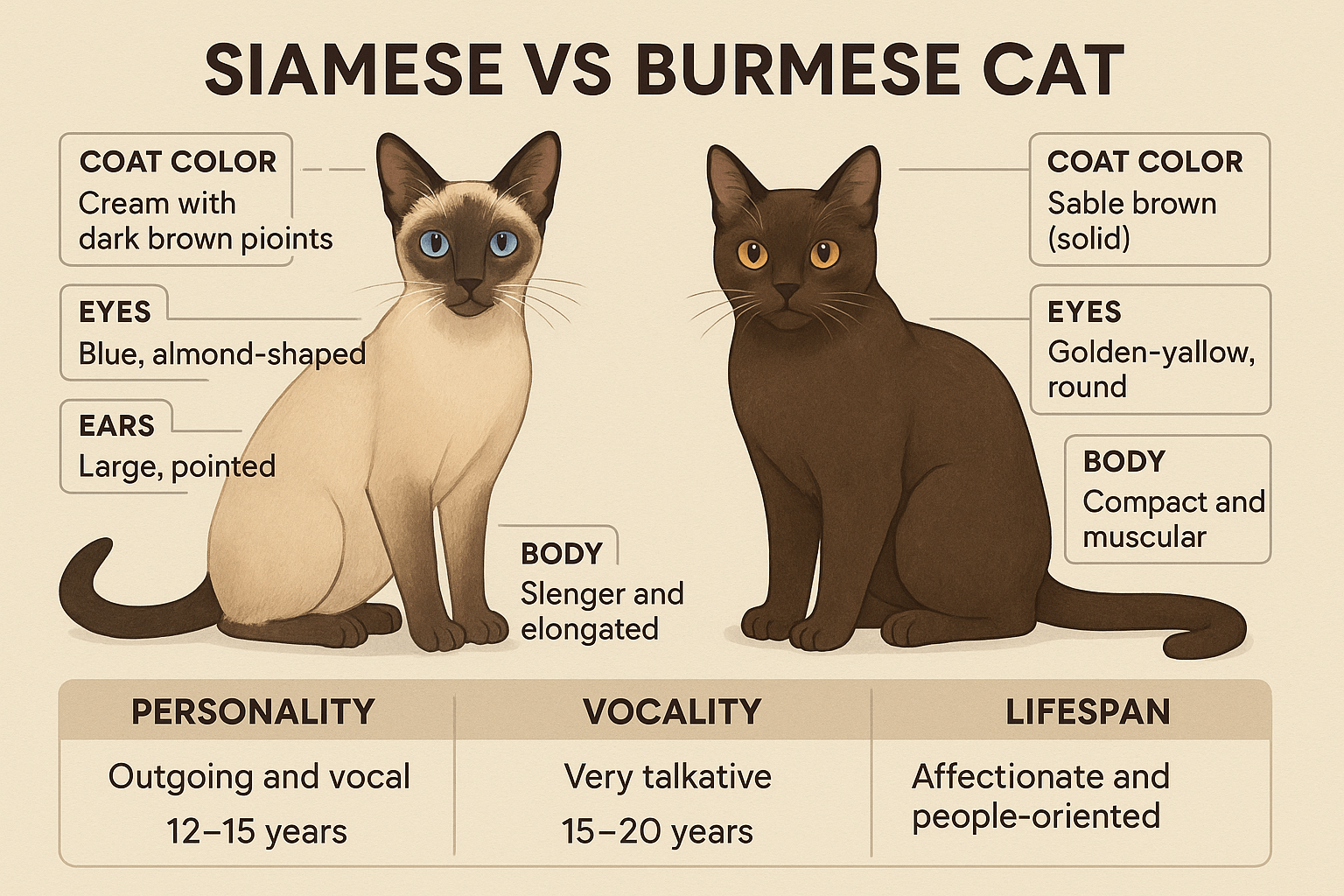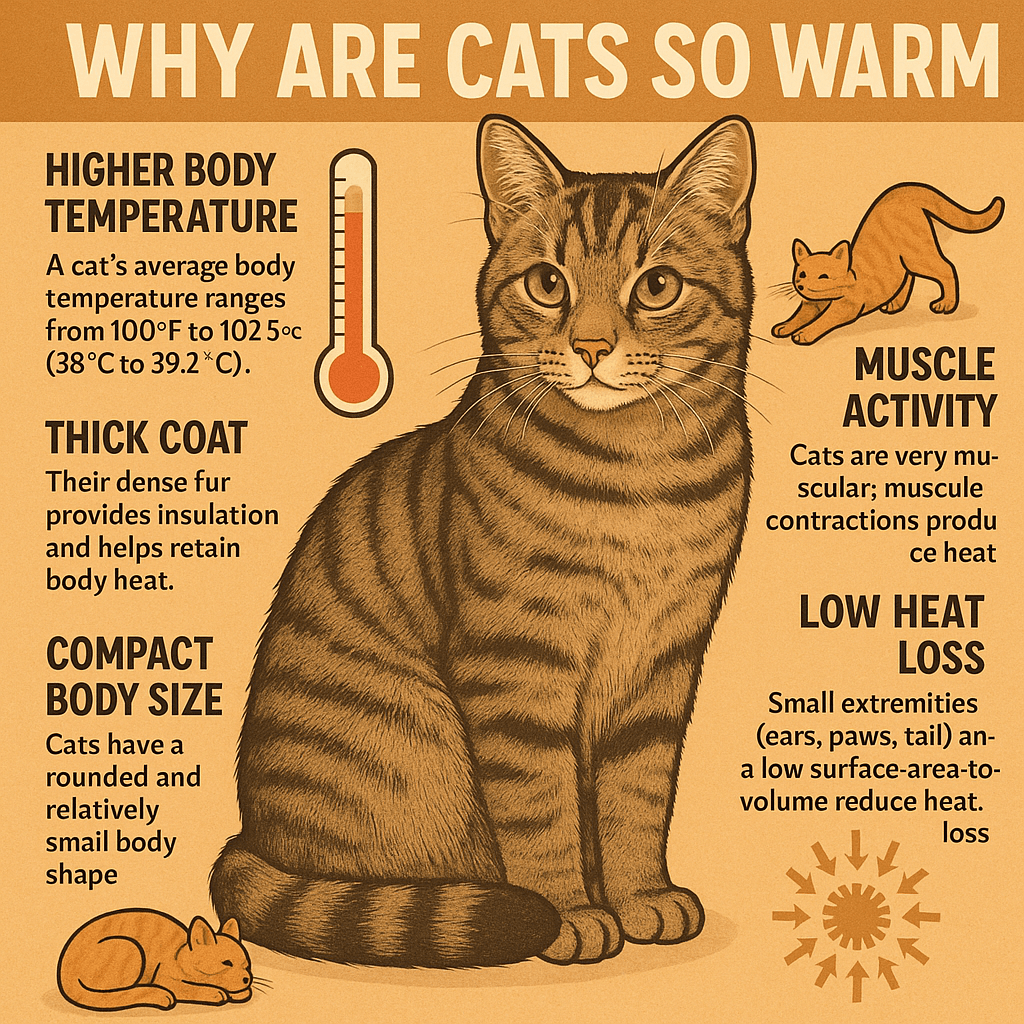Can Cats Eat Ube? What You Need to Know
Ube, the vibrant purple yam native to the Philippines, has gained global popularity for its unique flavor and use in desserts like ice cream, cakes, and pastries. But as a cat owner, you might wonder whether this trendy ingredient is safe for your feline friend. While cats are naturally curious about new smells and tastes, their dietary needs differ significantly from ours. Understanding what foods are safe—and which ones pose risks—is crucial to keeping your cat healthy. In this blog post, we’ll explore whether cats can eat ube, its potential benefits or dangers, and how to introduce it safely (if at all). Let’s dive into everything you need to know about feeding ube to your furry companion.
Is Ube Safe for Cats? Key Considerations
Before sharing ube with your cat, it’s important to evaluate its safety and potential effects on their health. Here are some key points to consider when determining if ube is appropriate for your feline friend.
Nutritional Content of Ube:
Ube is rich in carbohydrates, fiber, and vitamins like vitamin C, but cats are obligate carnivores and don’t require plant-based nutrients in large amounts.Low Toxicity Risk:
Unlike some human foods (e.g., chocolate or onions), ube itself is not toxic to cats. However, moderation is still essential.Added Ingredients in Ube Desserts:
Many ube-based treats contain sugar, dairy, or artificial additives, which can upset your cat’s stomach or lead to obesity.Digestive Sensitivity:
Cats have sensitive digestive systems, and introducing unfamiliar foods like ube may cause vomiting or diarrhea in some cases.Portion Control is Crucial:
Even if ube is safe in small amounts, overfeeding can lead to digestive issues or nutritional imbalances.
While ube isn’t inherently harmful, careful consideration of these factors ensures your cat’s well-being remains a priority.
Potential Benefits of Feeding Ube to Cats (in Moderation)
Although cats don’t derive significant nutritional value from plant-based foods, there are a few minor benefits to offering small amounts of plain ube under supervision.
Fiber for Digestive Health:
The natural fiber in ube may aid digestion and promote regular bowel movements if given sparingly.Hydration Support:
Ube contains some water content, which can contribute to your cat’s overall hydration—especially if they’re reluctant drinkers.Mental Stimulation:
Offering a tiny piece of plain ube as an occasional treat can provide mental enrichment and satisfy your cat’s curiosity.Variety in Diet:
While cats thrive on protein-rich diets, introducing a small amount of a novel food like ube can add variety without harm.Antioxidant Properties:
The antioxidants found in ube may offer mild immune support, though cats primarily rely on animal-based nutrients for immunity.
These benefits are minimal compared to a cat’s primary dietary needs, so ube should never replace their main meals.
Check this guide 👉Can Cats Eat Wasabi? Best 7 Expert Tips!
Check this guide 👉Can Cats Eat Birds? Best 7 Expert Tips!
Check this guide 👉Can Cats Eat Sauerkraut? Best 7 Expert Tips!

Safe Ways to Offer Ube to Cats | Risks of Feeding Ube to Cats |
|---|---|
Plain, cooked ube in tiny portions | Overfeeding leading to digestive upset |
Steamed or boiled ube without seasoning | Added sugars causing weight gain |
Small taste test for curious cats | Artificial flavors triggering allergies |
Homemade ube puree (no additives) | Dairy-based ube desserts causing lactose intolerance |
Supervised introduction as a rare treat | Choking hazard from large chunks |
How to Safely Introduce Ube to Your Cat
If you decide to let your cat try ube, it’s essential to do so cautiously to avoid any adverse reactions. Follow these steps to ensure a safe introduction.
Start with a Tiny Piece:
Offer a pea-sized piece of plain, cooked ube to gauge your cat’s reaction before giving more.Avoid Seasonings and Additives:
Skip salt, sugar, butter, or spices, as these can irritate your cat’s digestive system or be harmful.Monitor for Allergic Reactions:
Watch for signs of itching, swelling, or difficulty breathing after introducing ube, though allergic reactions are rare.Limit Frequency:
Treat ube as an occasional indulgence rather than a regular part of your cat’s diet.Consult Your Veterinarian:
Always seek professional advice before introducing new foods, especially if your cat has underlying health conditions.
By following these guidelines, you can minimize risks while letting your cat enjoy a small taste of ube safely.
Signs Your Cat May Not Tolerate Ube Well
Even if ube is generally safe, some cats may experience adverse reactions due to individual sensitivities. Watch for these warning signs to determine if ube disagrees with your cat.
Vomiting or Diarrhea:
These symptoms often indicate digestive distress caused by unfamiliar or unsuitable foods.Lethargy or Loss of Appetite:
A sudden lack of energy or refusal to eat could signal discomfort or illness.Excessive Drooling:
Drooling may occur if your cat finds the texture or taste unpleasant or if irritation develops.Itching or Skin Irritation:
Allergic reactions to new foods can manifest as itching, redness, or swelling around the face or paws.Difficulty Breathing:
In rare cases, respiratory issues may arise, requiring immediate veterinary attention.
Recognizing these signs early allows you to act quickly and prevent further complications.
Common Mistakes to Avoid When Feeding Ube to Cats
Feeding ube to your cat requires care to avoid mistakes that could compromise their health. Here are some pitfalls to watch out for.
Offering Desserts Made with Ube:
Desserts often contain sugar, dairy, or artificial ingredients that are harmful to cats. Stick to plain, cooked ube instead.Ignoring Portion Sizes:
Giving too much ube can overwhelm your cat’s digestive system, leading to discomfort or nutrient imbalances.Skipping Veterinary Advice:
Failing to consult your vet before introducing new foods increases the risk of unintended consequences.Assuming All Cats Will Like Ube:
Some cats may show no interest in ube, and that’s perfectly okay—never force them to eat it.Neglecting Symptoms of Intolerance:
Ignoring signs of digestive distress or allergic reactions can lead to more serious health issues.
Avoiding these mistakes ensures a safer experience when offering ube to your cat.
Alternatives to Ube for Curious Cats
If you’re looking for safer or more nutritious treats to satisfy your cat’s curiosity, here are some excellent alternatives to ube.
Cooked Chicken or Turkey:
Lean meats are ideal for cats, providing essential protein and nutrients.Blueberries or Watermelon:
These fruits are low in calories and packed with antioxidants, making them great occasional treats.Pumpkin Puree:
Plain pumpkin puree aids digestion and can help regulate bowel movements in cats.Catnip or Silver Vine:
These herbs stimulate playful behavior and provide a fun, safe alternative to edible treats.Commercial Cat Treats:
Specially formulated treats cater to your cat’s dietary needs while offering variety and flavor.
These alternatives ensure your cat enjoys tasty treats without compromising their health.
Understanding Your Cat’s Dietary Preferences and Limits
Cats have unique dietary preferences shaped by their biology and instincts. Understanding these tendencies helps you make informed choices about what to feed them.
Obligate Carnivore Nature:
Cats rely on animal proteins for essential amino acids like taurine, which aren’t found in plant-based foods like ube.Curiosity vs. Necessity:
Cats may sniff or nibble on new foods out of curiosity, but that doesn’t mean they need them nutritionally.Individual Tastes Vary:
Some cats may enjoy the mild sweetness of ube, while others may reject it entirely.Sensitivity to Change:
Abrupt dietary changes can upset your cat’s stomach, so gradual introductions are key.Focus on Balanced Nutrition:
Regardless of treats, ensure your cat’s primary diet meets their nutritional requirements for optimal health.
By respecting your cat’s dietary limits and preferences, you can provide a balanced and enjoyable eating experience.
Frequently Asked Questions About Cats and Ube
Can cats eat ube ice cream?
No, ube ice cream contains high levels of sugar and dairy, which can upset your cat’s stomach and lead to health issues.
How much ube can I give my cat?
Limit the serving to a pea-sized piece once in a while, ensuring it doesn’t interfere with their balanced diet.
Is raw ube safe for cats?
Raw ube is harder to digest and may pose a choking hazard; always cook it thoroughly before offering.
What should I do if my cat eats too much ube?
Monitor them closely for signs of digestive upset and consult your vet if symptoms persist or worsen.
Are there better alternatives to ube for cats?
Yes, cat-safe fruits like blueberries or watermelon (in moderation) are better options for occasional treats.
Prioritizing Your Cat’s Health When Introducing New Foods
While ube isn’t toxic to cats, it’s not a necessary or highly beneficial addition to their diet. As obligate carnivores, cats thrive best on protein-rich meals tailored to their nutritional needs. If you choose to share a small piece of plain, cooked ube with your cat, do so sparingly and with caution. Always prioritize your cat’s health and consult your veterinarian before introducing unfamiliar foods. By staying mindful of portion sizes and potential risks, you can keep your feline friend happy, healthy, and satisfied.
Siamese vs Burmese Cat: Best 7 Expert Tips! Discover key differences in personality, appearance, and care to choose the perfect feline companion for your lifestyle.
Why Are Cats So Warm? Best 7 Expert Tips! Discover the science behind your cat’s cozy warmth, how they regulate their temperature, and expert advice to keep them comfortable year-round.
Is Cyclamen Poisonous to Cats? Cyclamen, with its vibrant blooms and lush foliage, is a popular houseplant that adds beauty and …
Tortoiseshell Manx Cat: Best 7 Expert Tips! Discover expert advice on caring for this unique breed, from health and grooming to personality insights. Perfect for cat lovers!



